Styles of Photography
By Shira Y. Wolfe
The notion that photography is indeed an art form, and not merely a medium with which to communicate ideas, was first accepted in 1862. Several artists were asked to sign a petition stating that photography was not an art form since it came forth from several manual operations. Jean Auguste Dominique Ingres signed this petition; Eugene Delacroix did not. Ultimately, the petition was rejected and photography found its place in the arts. Parallel to this, art institutions slowly started to accept photography into their collections. One of the pioneers was the Victoria & Albert Museum in London, which started its photography collection as early as 1856. Its director at the time, Henry Cole, started this collection with the aim to make the museum more accessible to the general public. “This Museum will be like a book with its pages always open, not shut,” Cole said, emphasising the importance of making art accessible to people from all walks of life, not just to highly educated people.
Photography has developed at a rapid pace since this time, and has inevitably branched off into many different directions. Understanding the differences between some of the most important styles of photography is key to understanding both the history of art and the contemporary art world. Delve into the diversity of photography with this list of 5 important and distinctive photography styles.
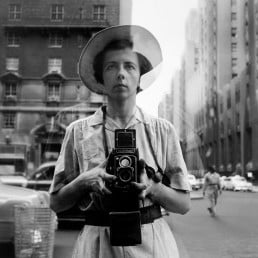
Documentary photography
Documentary photography provides a realistic, accurate portrayal of people, places, events, and objects in our world. During the 20th century, artists started seeing the camera as a tool for social change, and used it to document injustice and inequality in society. Documentary photography takes the viewer into a world that they often do not have access to and shows them the reality of these other worlds. As Diane Arbus, one of the most noted documentary photographers of her generation, stated: “I really think there are things nobody would see unless I photographed them.” Her fascination with the margins and misfits of society revealed the fascinating diversity of human beings, and the haunting beauty and truth in the cracks of society.
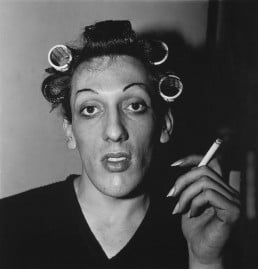
Photojournalism
Photojournalism is a type of journalism that uses photography to tell a news story. Photojournalists must comply with an ethical framework, having to produce honest and objective work that clearly communicates news events. The work is often highly intense, difficult, and dangerous, since photojournalists have to be on the ground as reporters to cover significant events like wars, demonstrations, and natural disasters. Photojournalism can be an immensely powerful form of photography, since it can communicate human suffering in remote parts of the globe directly through a powerful visual image. Arguably one of the most famous works of photojournalism is “Napalm Girl,” the 1972 photo taken by Vietnamese national Nick Ut, depicting the 9-year-old Kim Phuc and several other children and soldiers running down a road after a napalm attack. She has stripped off all her burning clothes and is running, stark naked, wailing in pain and fear. The next day, this photograph appeared in the New York Times, and later won a Pulitzer for outstanding photojournalism. “Napalm Girl” has become a timeless statement about the horrors of war.
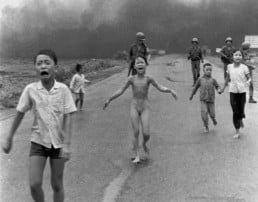
Abstract photography
Abstract photography refers to photography in which the subject matter is obscured or there is no identifiable imagery. It is an experimental form of photography, which like abstract art moves away from realistic depictions of the world around us, and is instead concerned with colours, light, textures, shapes, and sensations. Abstract photography particularly took off in the early 20th century, when artists such as Man Ray, László Moholy-Nagy, and the Surrealists started experimenting with the medium of photography and creating abstract work. As Man Ray said: “I would photograph an idea rather than an object, a dream rather than an idea.” Abstract photography was, and still is, about moving beyond objects towards the realm of dreams, experimentation, and imagination.
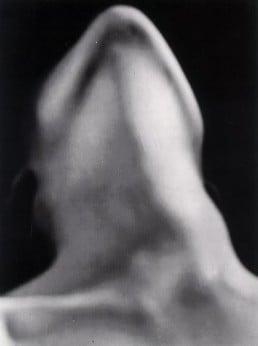
Fashion photography
Fashion photography is all about displaying clothing and other fashion items and accessories in the best possible way. Over the years, it has developed its very own aesthetic, in part due to the strong artistic influence of photographers such as Richard Avedon and Helmut Newton, who, with their provocative and inspiring aesthetics, created photographs that were not just meant for the pages of fashion magazines, but which became recognised as well as works of art in their own right. Photographers like Annie Leibovitz have since continued in the footsteps of these exceptional fashion photographers, creating fascinating constellations of fashion, models, and their environment.
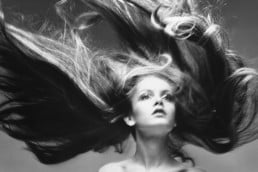
Street photography
The street photographer takes to the streets, armed only with a camera and an observing eye. The purpose is to capture images of everyday life, to show the absurdity and beauty in everyday people going about their normal day-to-day affairs, and even to resist inequality and power structures. Street photography dates back as early as the 19th century, when Louis-Jacques-Mandé Daguerre recorded figures in the street with his daguerrotype views. In the 1950s, Henri Cartier-Bresson was responsible for spreading the importance of the “decisive moment” when taking photographs in public places, that moment when everything comes together in perfect harmony to capture the essence of a situation. Today, street photography remains an important art form, which has the power to connect people to each other through an understanding of our similarities and differences. Street photography projects like “Humans of New York” celebrate every single individual walking the streets of New York City, capturing a part of their story and their essence. Photographer/urban activist JR uses the street as his gallery, notably flyposting large black-and-white photographs in public locations all over the world, which often make a statement against oppression and poverty, like when he pasted large photographs of Israelis and Palestinians making funny faces side by side on the separation wall.
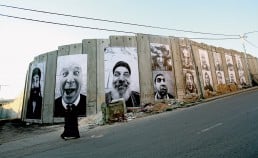
Get your free copy of Artland Magazine
More than 60 pages interviews with insightful collectors.